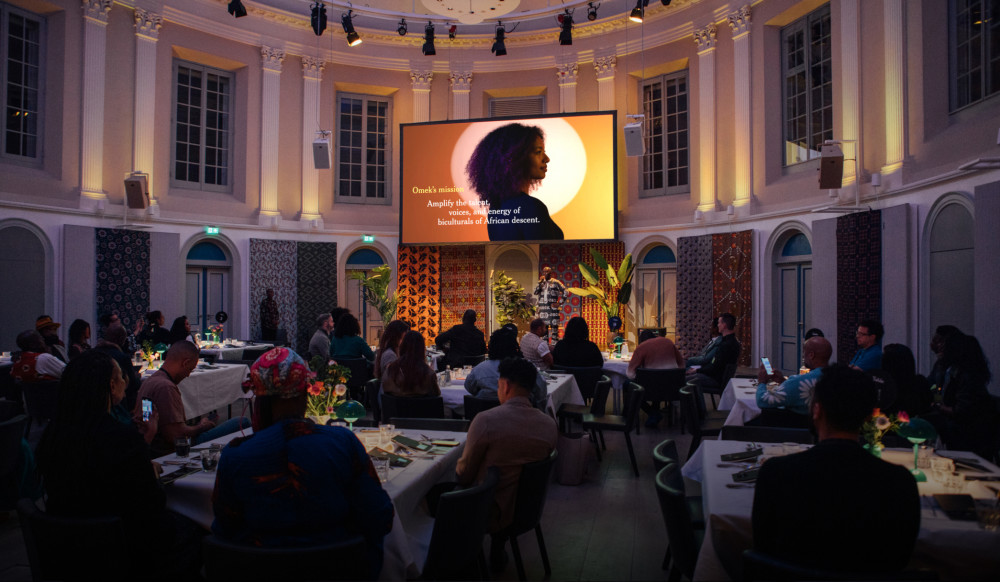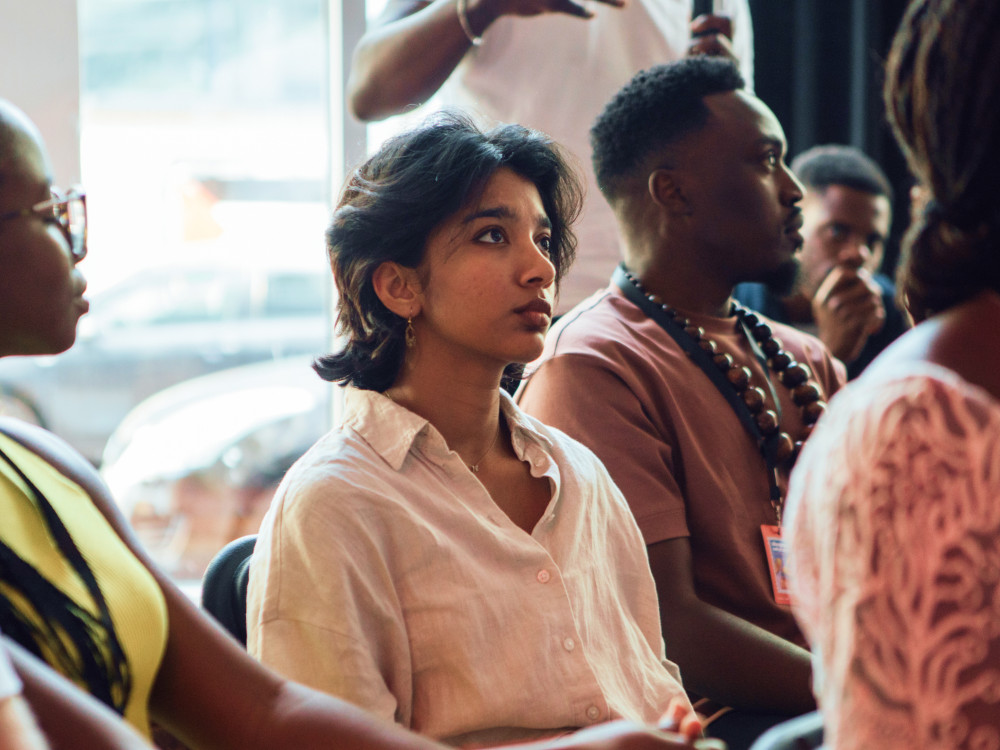
Every bicultural creative knows the feeling. You receive a brief, skim through it, and instantly realize it wasn’t written with you, or your community, in mind. References are off. Tone feels one-dimensional. It assumes a homogenous audience that doesn’t exist. This moment isn’t just frustrating—it signals erasure and oversimplification in the creative process.
Take, for example, a beauty campaign brief targeting “urban women” without specifying city, cultural background, or beauty standards. The client wants “bold” and “authentic,” but hasn’t considered textured hair, tone ranges, or beauty rituals. The burden to fill that gap lands squarely on the creative. That’s the problem we’re challenging.
So what do you do? Translate silently? Push back? Many bicultural professionals can respond with cultural authority, reshaping the framework from after you read the brief.
History of the creative brief
The creative brief, as most agencies know it today, emerged in the mid-20th century U.S. and U.K. advertising world. By the 1960s, firms like J. Walter Thompson (JWT) and Bartle Bogle Hegarty (BBH) had formalized the brief as a strategic tool, a concise document that flowed from planner to creative team to ensure alignment on audience, messaging, and tone. It was efficient, top-down, and designed for scale within Western corporate structures.
But this wasn’t the only way creative strategies historically came to life.
Across Africa during the same era, strategy and storytelling were rooted in oral traditions, communal planning, and the role of griots or local radio hosts who shaped public imagination through participatory dialogue. In Latin America, creative planning was deeply influenced by political movements, local folklore, and collective studio environments where the idea of a written brief didn’t guide the process—the story did. In many parts of Asia, places like Japan experimented with semi-formal written frameworks through agencies like Dentsu, but much of South and Southeast Asia still relied on seasonal rituals and group consensus for campaign development.
Only in the late 1970s and 80s, with multinational agencies entering the market, did formal Western-style briefs become common across non-Western contexts. Even then, many creatives informally merged these frameworks with community-driven, participatory ways of working.
The translation
Fast forward to today, and bicultural creatives in the West are still tasked with translating culture on every brief. This goes beyond simple adaptation: it means interpreting assumptions about audiences, reshaping humor, localizing visuals, adjusting tone, and adding context that the brief often overlooks.
As Bozoma Saint John, former CMO at Netflix, observed, “I often found myself being the translator of culture inside organizations. And that translation work is real work — it’s not free.”
This invisible labor, cultural brokerage, is essential for campaigns to resonate authentically. Bicultural creatives constantly toggle between perspectives to make stories land. The tension between being crucial to a campaign’s success and simultaneously overlooked highlights a core flaw in traditional brief structures: they assume one-size-fits-all clarity, leaving the burden of nuance entirely on those who live it.
So how do we move forward?
There are two levels to the solution: what you can do personally when you get a bad brief, and what teams can build into the process structurally to stop bad briefs from reaching you in the first place. On a personal level, some practical moves you can take right now.
- Step 1: Mark the gaps
- Highlight phrases that assume a single audience
- Circle vague words like “urban,” “authentic,” or “global.”
- Note where communities, practices, or tones are missing
- Step 2: Draft a couple reframing questions
- “This framing assumes X, but for Y audience it lands differently. Could we explore…?”
- “One cultural checkpoint we might add is…”
- Step 3: Decide your role in this project
- Translator: adapt the work while keeping track of time and labor
- Boundary-setter: point out what’s inaccurate or harmful
- Advocate: propose a co-creation session, workshop, or community review
- Step 4: Make cultural perspectives visible in your work
- Add cultural notes directly into your design deck, copy draft, or moodboard
- Include one data point or story from lived experience to ground your choices
- Invite an informal peer or ERG review before presenting to clients
- Step 5: Protect your time
- Keep a record of the cultural insight you provided (emails, tracked edits, time spent)
- If you’re consistently asked to translate culture, position it as a billable skill or performance metric
On a structural level, change happens when teams deliberately build practices that embed culture into the process, ensuring briefs are shaped with nuance rather than one-size-fits-all assumptions.
- Build collective advocacy into the process
- Run co-creation workshops with community members before production.
- Establish cultural checkpoints: moments in the workflow where cultural nuance is reviewed, not ignored
- Advocate for mentorship loops where bicultural creatives review briefs together before client presentation
- Know when to walk away
- Sometimes pushing back means disengaging. If a brief is rigid, dismissive, or demands disproportionate invisible labor, the most strategic move is to step back. Walking away is not failure—it’s a form of resistance that protects your energy and signals that culture is not optional
Real-world examples
- Beats by Dre "You Love Me" Campaign: The creative team at Translation, led by Castro Desroches, recognized the need to shift the narrative from a generic celebration of Black culture to a more introspective and challenging message. They crafted a companion brief that emphasized the importance of portraying Black individuals as more than just cultural symbols, urging the team to depict authentic Black experiences and emotions.
- Ford’s Employee Resource Groups Insights: Ford’s ERGs—including Asian, Hispanic, Indian, Chinese, and African-American groups—have organized “Ride and Drive” events to gather direct customer insights from diverse communities. That feedback informed both product development and marketing strategy under the Friends and Neighbors program.
- The Harris-Walz Campaign: Shar Biggers led the Harris-Walz rebrand in 107 days, assembling a diverse, multilingual team that managed complex briefs, logistics, and fast-moving deadlines, all while maintaining authenticity and creative integrity.
Final thoughts
The one-size-fits-all brief has always been flawed, and bicultural creatives have long shouldered the burden of making it work. From historical briefs to today’s campaigns, bicultural creatives have had to reframe, translate, and push back to make work resonate. The path forward is both practical and collective: mark blind spots, ask sharper questions, and make your cultural insights visible, while also protecting your energy and knowing when to disengage if the labor becomes disproportionate.
At the same time, the solution cannot rest on individuals alone. Teams must build in mentorship, community reviews, and checkpoints, treating culture as central to the process rather than an afterthought. Authentic campaigns only happen when the limits of the one-size-fits-all brief are acknowledged—and when cultural labor is recognized, supported, and fairly valued.


